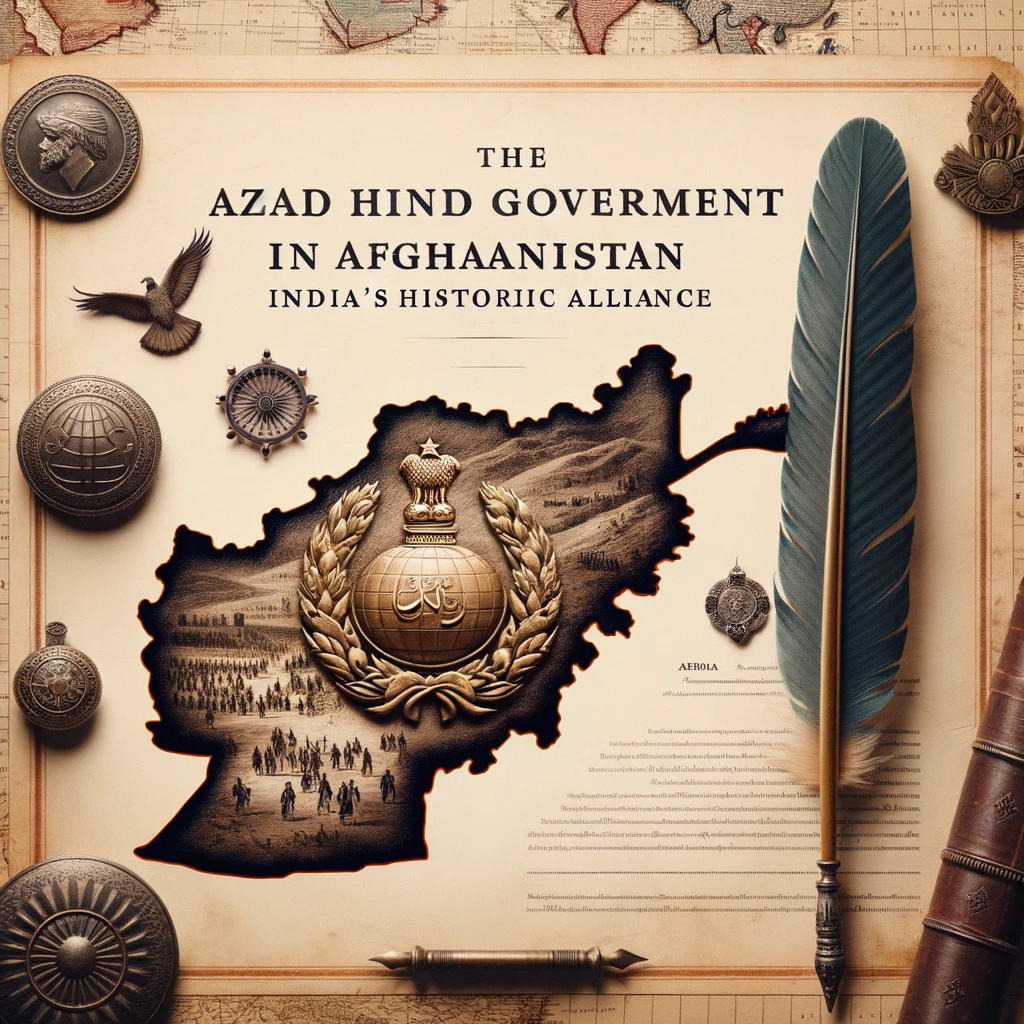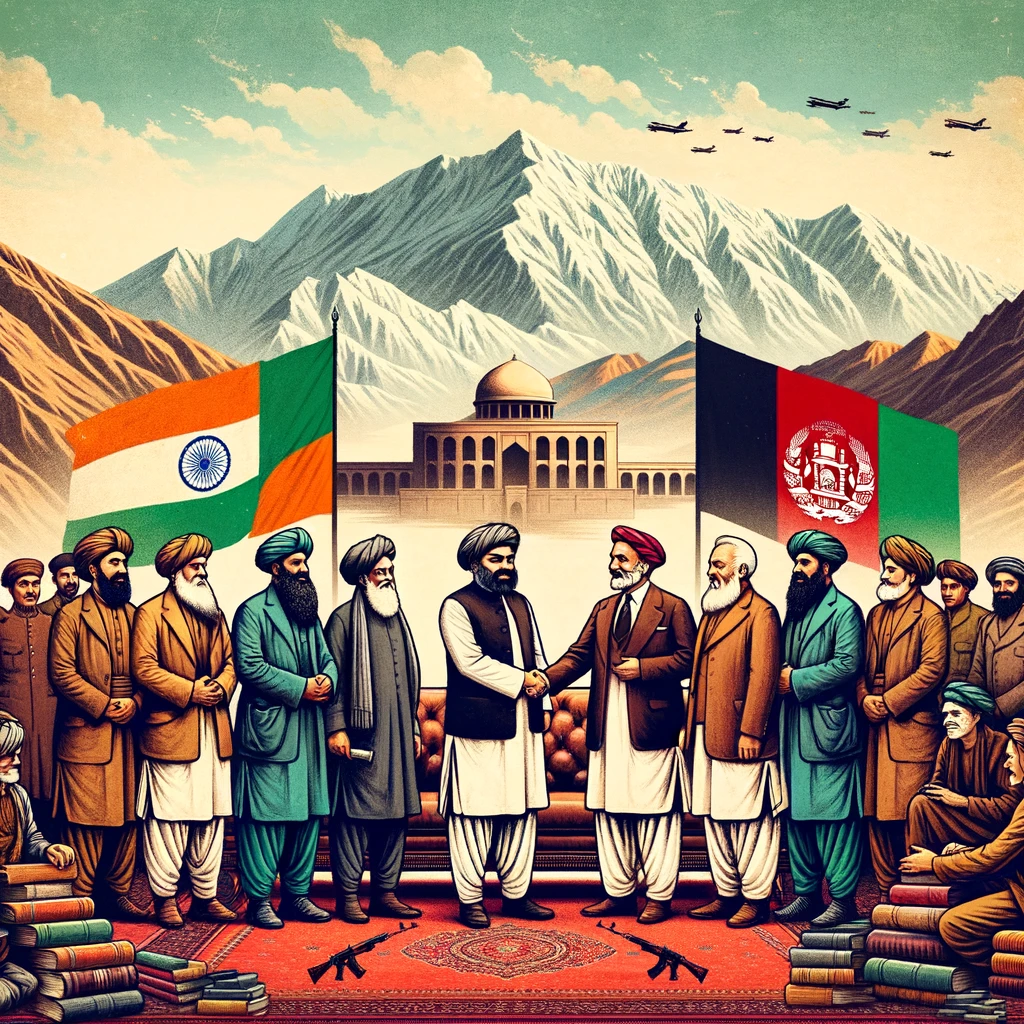
The Azad Hind Government in Afghanistan: A Revolutionary Milestone in India’s Fight for Independence

Explore the pioneering efforts of Raja Mahendra Pratap and his team in establishing the Azad Hind Government in Afghanistan during World War I. Understand its significance and lasting impact on India’s independence movement.
Introduction
In the annals of India’s struggle for independence, the Azad Hind Government in Afghanistan stands as a testament to the audacity and vision of Indian revolutionaries. Established in 1915 by Raja Mahendra Pratap, an Indian revolutionary living in Germany, this provisional government aimed to garner international support for India’s independence from British rule. This article delves into the formation, activities, and legacy of the Azad Hind Government, shedding light on a lesser-known but significant chapter in Indian history.

Mahendra Pratap and His Team Establish a Provisional Government in Kabul
The Genesis of the Idea
Raja Mahendra Pratap, a fervent advocate for Indian independence, found himself in Germany during World War I. Recognizing the geopolitical significance of Afghanistan, which bordered British India, Pratap conceived the idea of establishing a provisional government there.
The Team and the Afghan Connection
Pratap was not alone in this endeavor. He was joined by other Indian revolutionaries like Maulana Mohammad Barkatullah and Maulana Obaidullah Sindhi. Together, they met with Afghan Amir, Habibullah Khan, and secured his support for their provisional government.
Formation of the Azad Hind Fauj
In addition to diplomatic efforts, Pratap also took military action. He formed an army known as the Azad Hind Fauj (Free Indian Army), recruiting Afghan soldiers and Indian expatriates to fight against British rule.
The Azad Hind Government and Its Armed Forces
Jihad Against the British
The Azad Hind Government declared a jihad against British rule, targeting British border posts in Afghanistan. However, these attacks were met with fierce resistance from the British army.
Challenges and Setbacks
Despite its initial enthusiasm, the Azad Hind Fauj faced numerous challenges, including heavy casualties. Yet, these setbacks did not deter them from their ultimate goal of Indian independence.
The Legacy of the Azad Hind Government in Afghanistan
A Catalyst for Awareness
Though short-lived, the Azad Hind Government played a crucial role in raising global awareness about the Indian independence movement. It inspired other Indian revolutionaries to continue the fight for freedom.
Ties with Other Anti-Colonial Movements
The Azad Hind Government also helped forge ties between the Indian independence movement and other anti-colonial movements around the world, showcasing the interconnectedness of global struggles against imperialism.
Conclusion
The Azad Hind Government in Afghanistan may have been a brief chapter in the history of India’s independence movement, but its impact was far-reaching. It demonstrated the resolve of the Indian people to achieve independence and left an indelible mark on the global anti-colonial landscape.
By understanding the efforts and sacrifices of Raja Mahendra Pratap and his team, we gain a richer perspective on the complexities and nuances of India’s journey to independence.